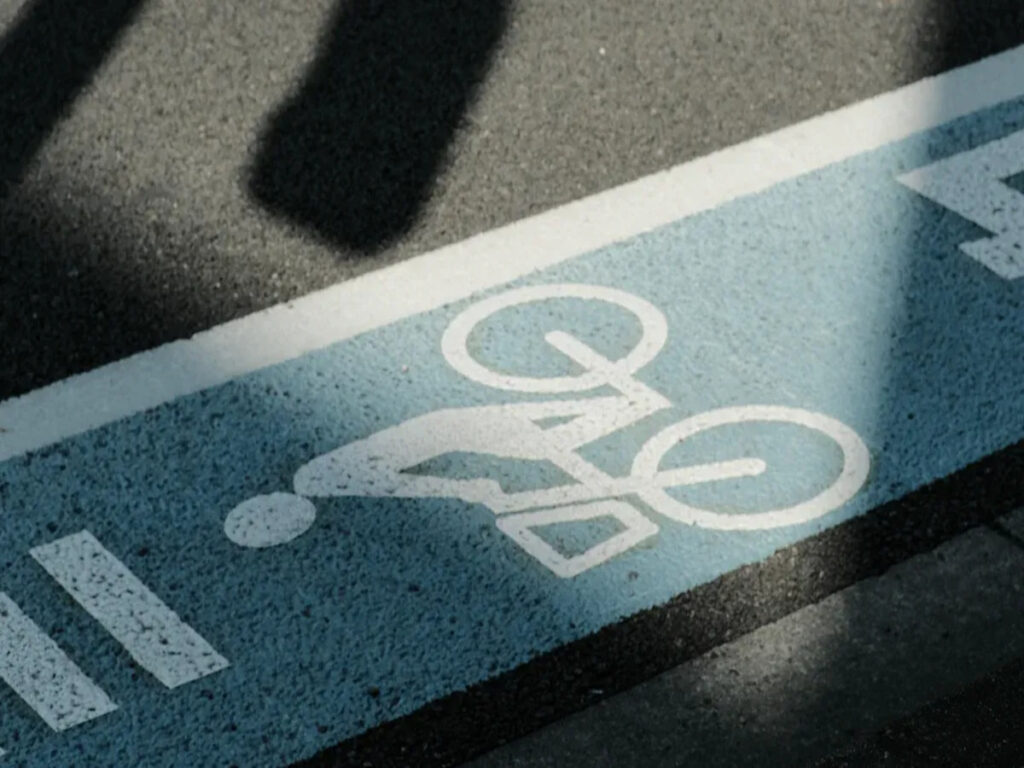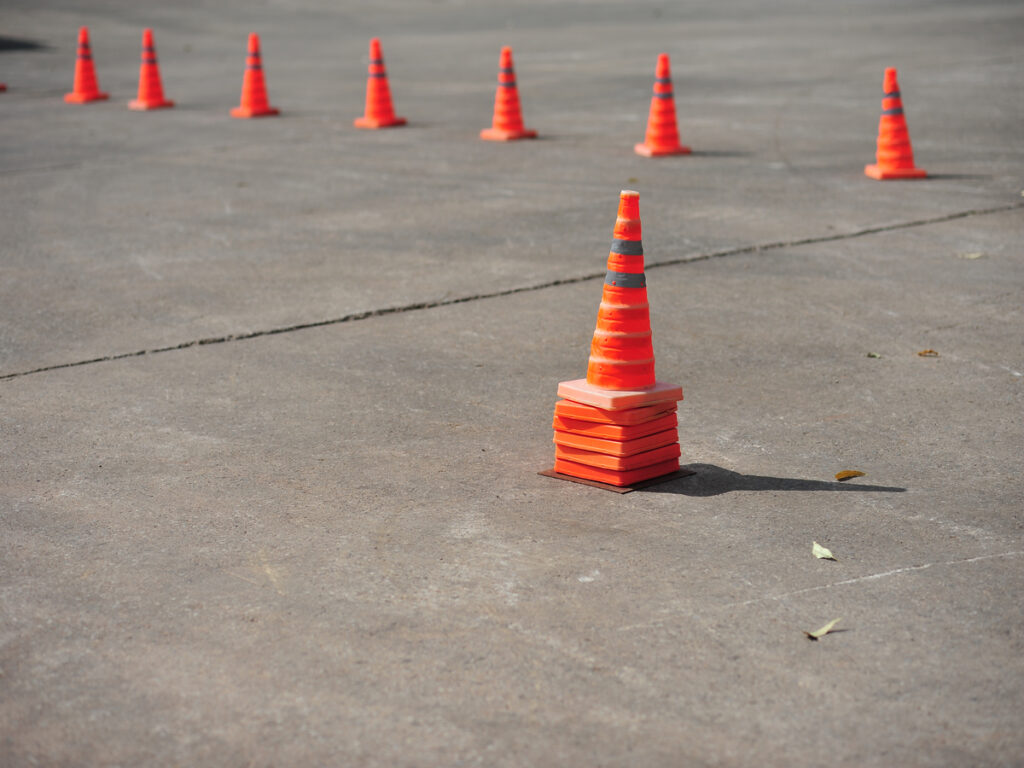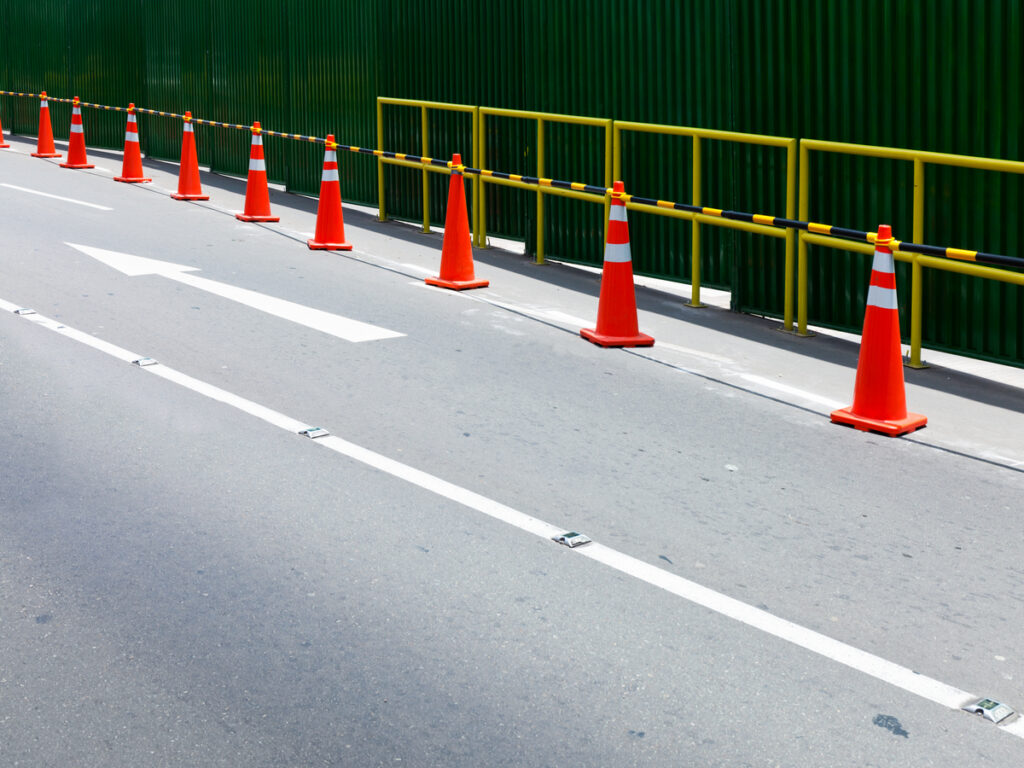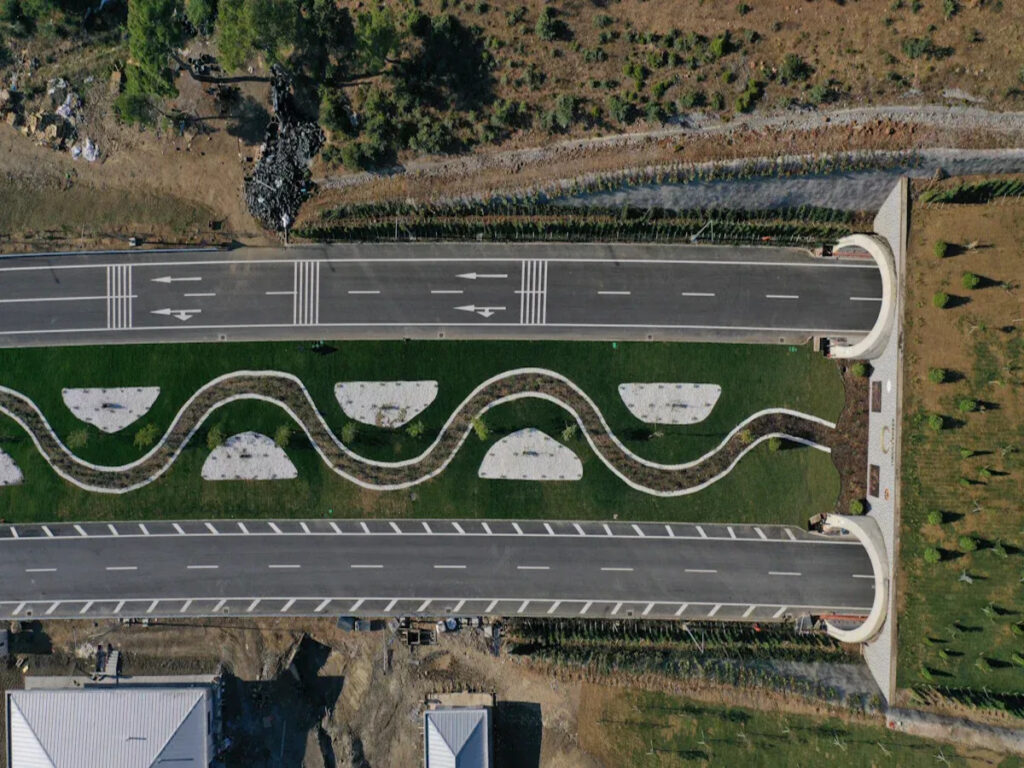Cómo elegir el delineador de carril para bicicletas adecuado para su ciudad: Una lista de verificación de 5 pasos

Crear espacios seguros para ciclistas es más importante que nunca. Los delineados de Bike Lane juegan un papel clave para garantizar la seguridad para el ciclismo mientras mantienen las carreteras organizadas. Ayudan a definir los carriles de viaje de bicicletas, haciendo que sea más fácil para los conductores y ciclistas compartir el camino. Ya sea que esté planeando carriles para bicicletas emergentes o un carril para bicicletas separados, Elegir el delineador adecuado puede marcar la diferencia. Con el aumento de la infraestructura de bicicletas, Las ciudades priorizan las soluciones de transporte que protegen a los ciclistas y fomentan el ciclismo como una opción sostenible. El diseño de carril de bicicletas adecuado puede transformar la infraestructura de su ciudad en una más segura, ambiente más amigable para los ciclistas.
Los costos de depreciación ocultos de los conos de tráfico: 90% de las empresas pierden este error contable

Hidden depreciation costs often go unnoticed when managing foldable cones. You might think these small, portable tools have minimal financial impact, but improper tracking of their wear and tear can lead to significant errors. Labor costs, storage fees, and penalties from lost cones add up quickly, creating a ripple effect on your financial records. Ignoring these costs not only distorts your accounting but also risks compliance issues. Addressing this oversight ensures accurate reporting and better financial control.
El ladrón del cono: A $2.3 Billion War Plastic War

Stealing a traffic cone might seem like a harmless prank, but the consequences are far-reaching. These cones are essential for road safety, guiding drivers and protecting workers. Their theft disrupts traffic management and creates safety hazards. Surprisingly, this issue ties directly to the $2.3 billion plastic industry. Up to one fifth of government-purchased cones vanish annually, with California alone losing around 8,200 cones each year. This equates to 81,000 pounds of PVC thermoplastic wasted, highlighting the importance of traffic cones in maintaining safety and reducing environmental harm.
Filosofía de seguridad en todo el mundo: Comparación de los conos de tráfico de papel plegables de Japón y los postes de carril extintores de incendios de Alemania

Las innovaciones en seguridad a menudo revelan el enfoque único de un país para la resolución de problemas.. En Japón, Se ve un enfoque en la simplicidad y la sostenibilidad., mientras que Alemania enfatiza la precisión y la tecnología avanzada. Estas filosofías dan forma a herramientas como conos de tráfico y delineadores., que desempeñan un papel vital en la protección de vidas en las carreteras. Los conos de tráfico de papel plegables de Japón y los postes de carril extintores de incendios de Alemania abordan necesidades culturales y prácticas específicas. Puedes observar cómo estos diseños reflejan las prioridades de sus creadores., De la conciencia ecológica a la excelencia en ingeniería.. Estas innovaciones resaltan la importancia de adaptar las herramientas de seguridad a diversos entornos en todo el mundo..
Políticas de infraestructura verde en Europa y sus implicaciones para los conos y delineadores de tráfico en los EE. UU..

La infraestructura verde en Europa está transformando cómo piensas sobre la sostenibilidad. Estas políticas priorizan soluciones ecológicas, Incluso en la gestión del tráfico. Por ejemplo, Las autopistas de Europa se expandieron por 41% en una década, Sin embargo, los hábitats naturales continúan encogiéndose. Esto resalta la necesidad de prácticas sostenibles. Los conos de tráfico y los delineadores ahora incorporan materiales reciclados y diseños innovadores para reducir el desperdicio. Adoptando enfoques similares, Puedes ayudar a los EE. UU.. mejorar sus sistemas de tráfico mientras protege el medio ambiente. Estos cambios no solo mejoran la seguridad sino que también se alinean con los objetivos globales de sostenibilidad.













